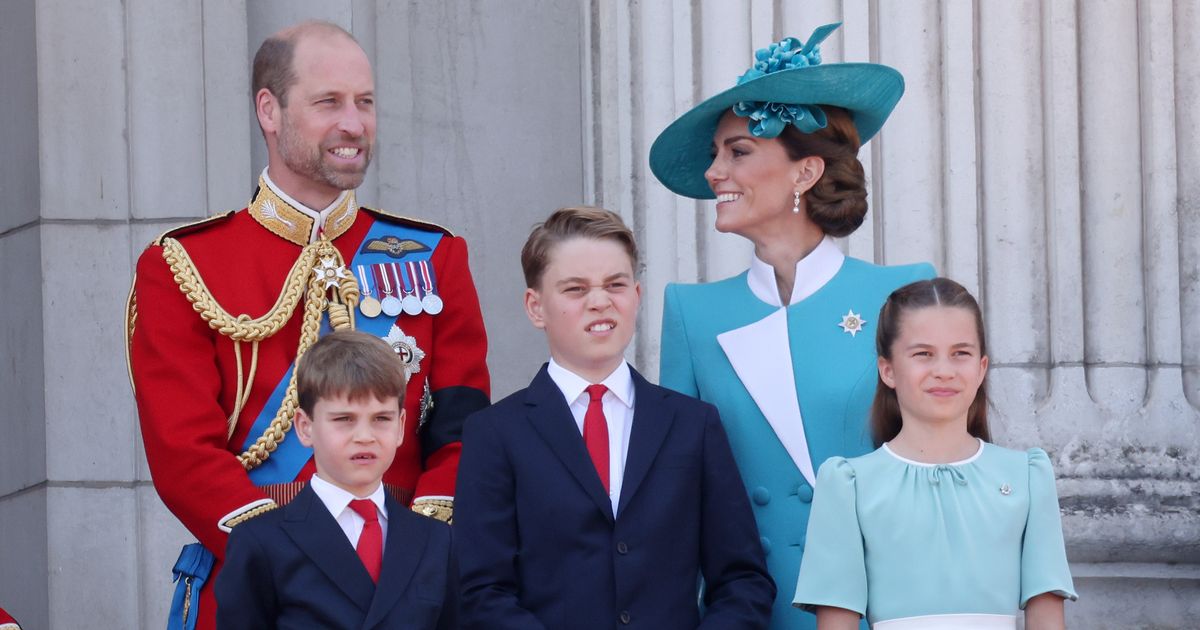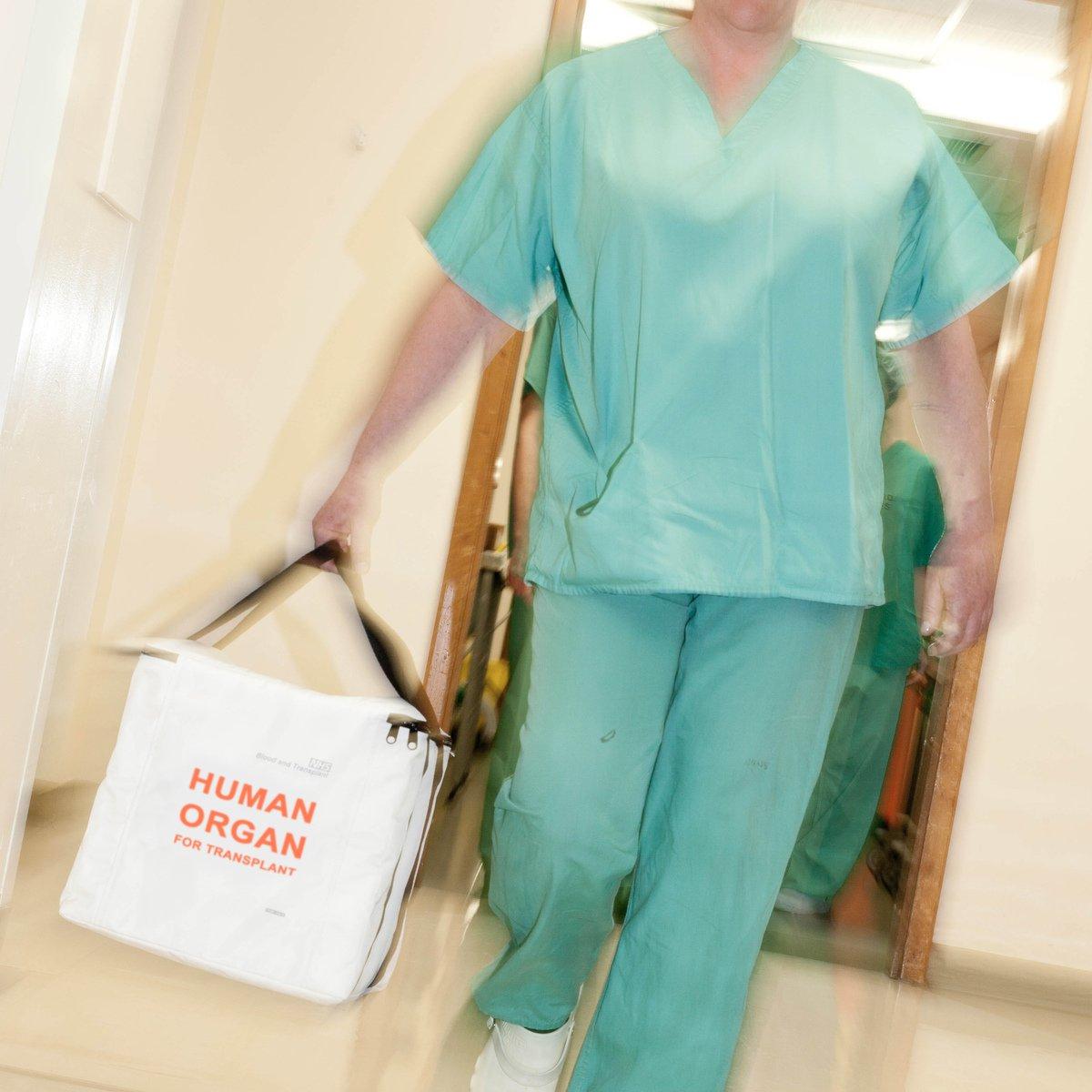By Sophie Buchan
Copyright cambridge-news

The King’s Guard is the name given to the infantry unit tasked with protecting Buckingham Palace and St James’s Palace – including Clarence House. Working to protect the Royal Family, this role is an incredible opportunity – and one that does not come around often.
Thankfully, you do not need any qualifications – so the role is open to anyone if you can pass a few tests first. On the Army Jobs website, there’s a listing for this exact role – and it reveals everything from their exact salary to their daily tasks and what tests they need to pass to enter the gates.
So how much do they get paid and what test do you need to pass? Here is what you need to know.
How much do the King’s Guard get paid?
The Army states that you will receive a salary of £26,334 during training – this is the “minimum” amount. You will also get the same salary “after completing basic trade training”, they add.
Your salary may also go up as you progress. It states: “There are significant benefits including subsidised meals and low cost accommodation, as well as free medical and dental care. In addition, when deployed on exercise or on operations, normally you would not pay for either food or accommodation.”
In order to apply, you need to be at least 16 years of age and no older than 35 years and six months old. When it comes to degrees or other qualifications you may need, they say that “no formal qualifications needed.”
What are the key responsibilities of the King’s Guard?
Become a highly trained frontline Infantry soldier Specialise in reconnaissance Operate mortars, machine guns and anti-tank missile systems Train as a junior non-commissioned officer and lead the Guards Serve with the Guards Parachute Platoon as part of 16 Air Assault Brigade Take part in state ceremonial events
What is involved the ‘Basic physical fitness assessment’?
Army Jobs states that you need to ensure you pass the following to get the job:
Mid Thigh Pull 76kg – Standing in front of a bar set to mid-thigh height you’ll be asked to pull the bar upwards for 5 seconds then rest and repeat. Your best score of the two attempts will count. You must pull 50kg or more to meet the lowest soldier entry standard, although some trades will need a higher score. Your score will be taken from the best of your two attempts. Medicine Ball Throw 3.1m – Sitting with your back against a wall, you’ll throw a 4kg medicine ball as far as you can. Your best throw of three will count. You must throw at least 2.7m to meet the lowest soldier entry standard. Some trades will need you to throw the ball 3.1m. MSFT (beep test) level 8.06 – You need to run between two lines, 20m apart, in time with a beep. The beeps get steadily faster. Your score is based on the point where you can no longer keep up.
What happens during training?
Your training begins with the 30-week Combat Infantry Course at the Infantry Training Centre in Catterick. This includes both your Basic Training and Infantry Initial Trade Training.
Throughout the course, experienced instructors will guide you through a structured program where you’ll develop core skills like weapon handling, survival techniques, first aid and map reading – all while improving your physical fitness and stamina.
If you’re under 17 years and 6 months, you’ll start with the longer Basic Training course at the Army Foundation College in Harrogate. After completing that, you’ll head to Catterick for a 12-week Infantry Initial Trade Training course.
It adds: “On completion of your Initial Trade Training, you will move to your Foot Guards Battalion. Battalions routinely conduct training in the UK, Europe, Kenya and Belize. More concentrated periods of mission-specific training prepare Foot Guards battalions for operations abroad and State Ceremonial duties.”
How to apply
You can apply to serve with the Guards in the Infantry via the Army Jobs here.



